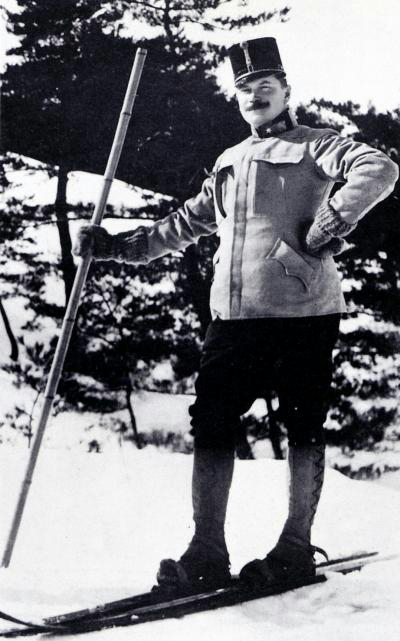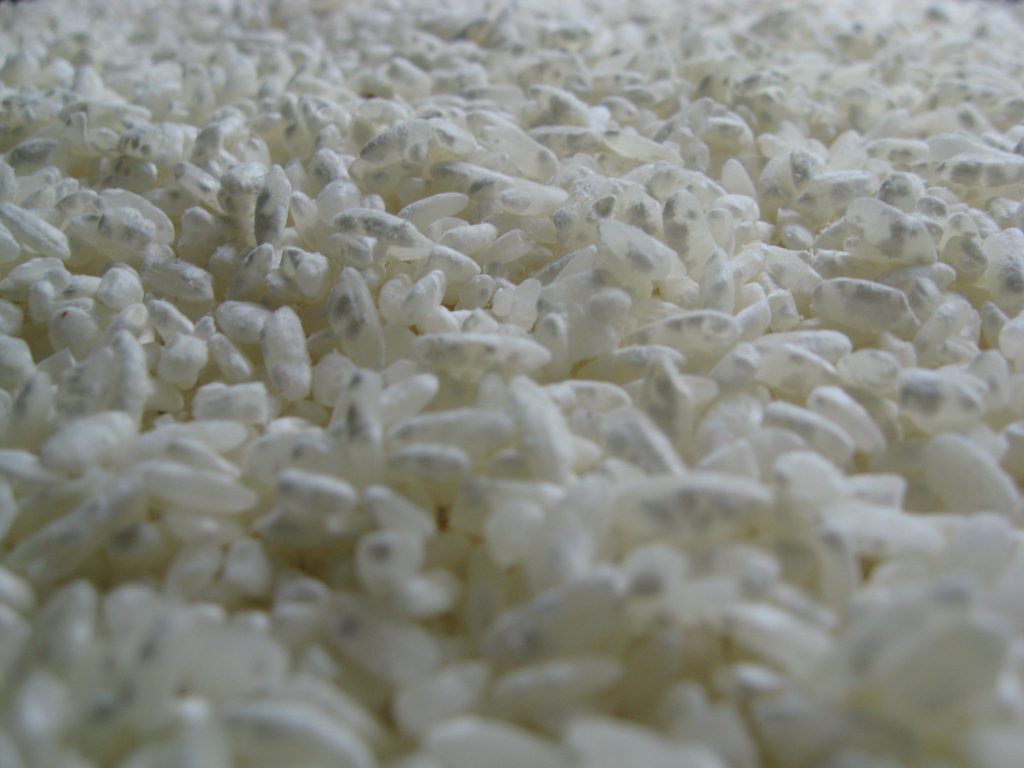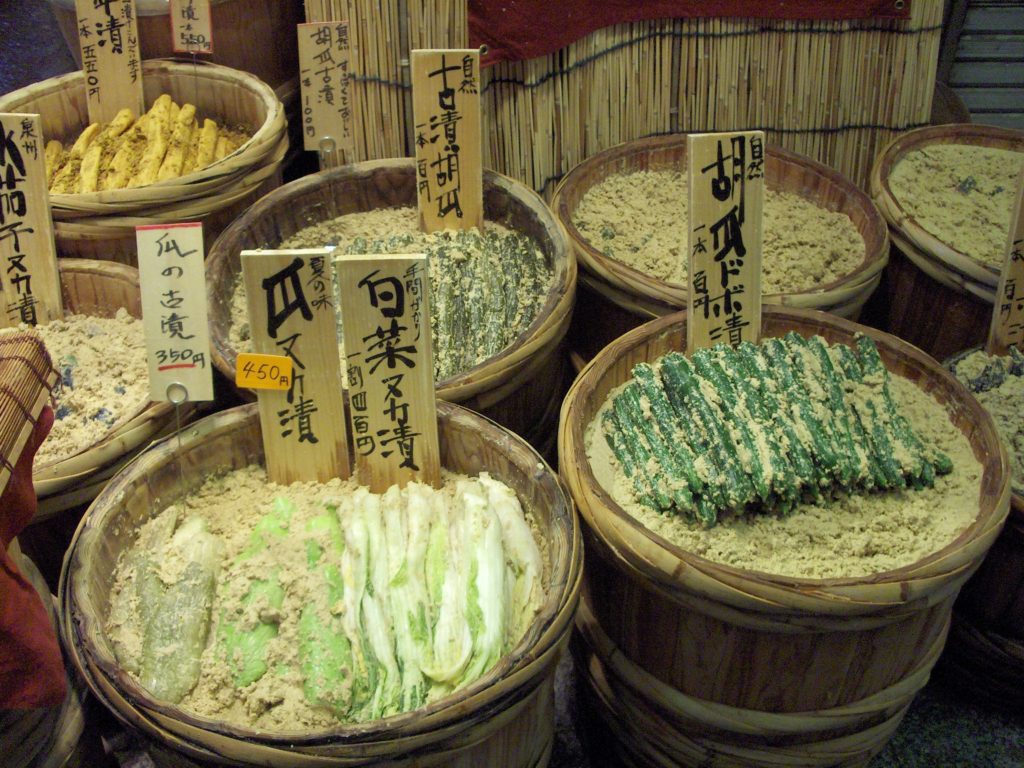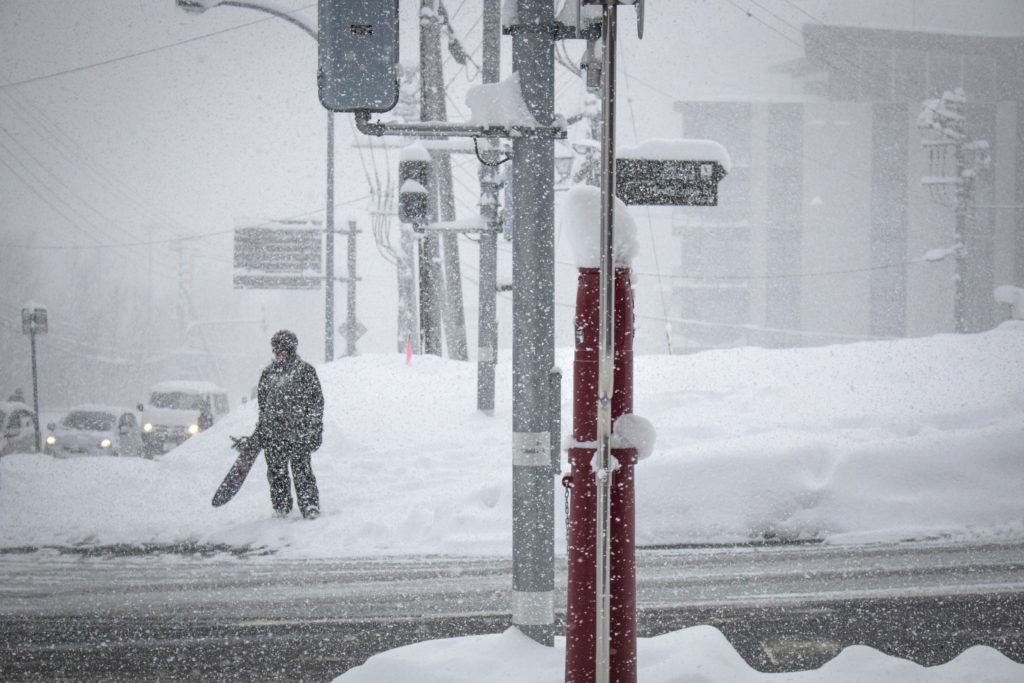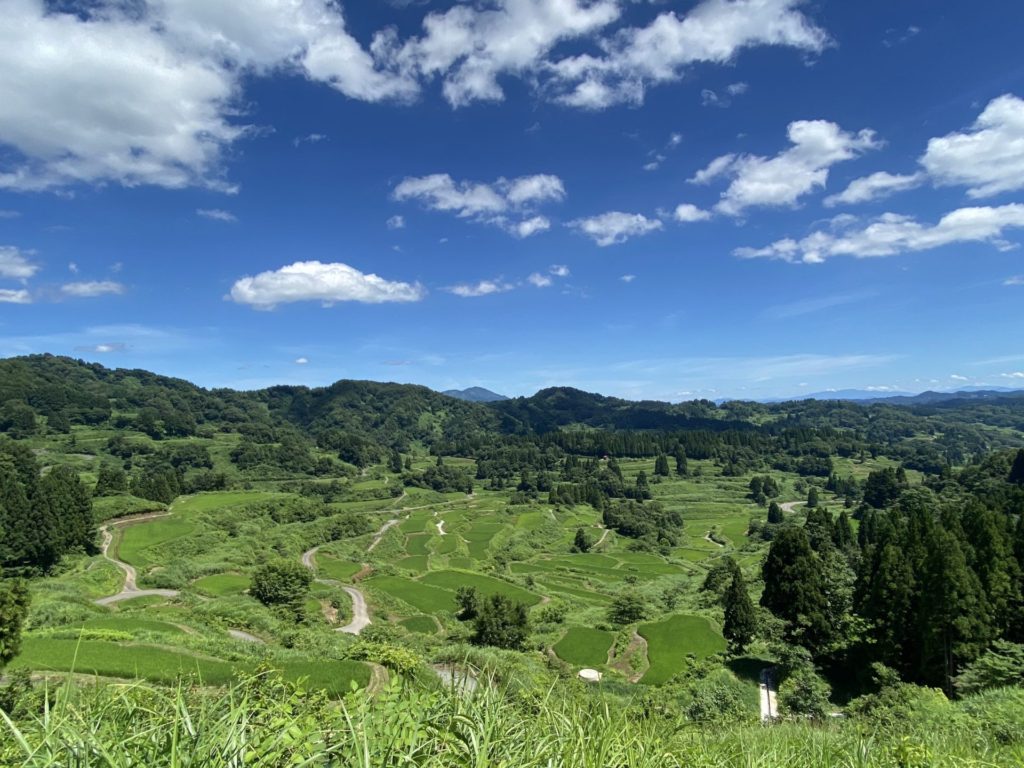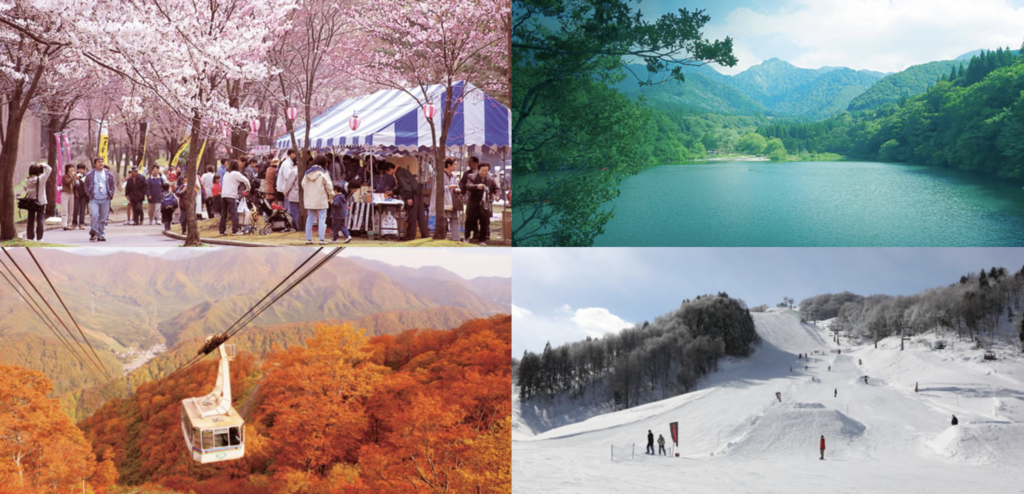Skiing is a popular activity in Japan, and is now enjoyed by many people as a winter leisure activity. Many ski resorts have been built as leisure activities, and the economy revolves around them, including hotels, restaurants, and entertainment in Japan.
Japan's natural environment provides high quality powder snow known as JAPOW (Japan Powder), which has attracted the attention of overseas ski enthusiasts to skiing in Japan.
Skiing in Japan has also become a sporting event, and many Japanese skiers are now active in the sport. What was the trigger for the spread of skiing in Japan?
The beginning of skiing in Japan
It is said that the event that provided the impetus for the introduction of skiing in Japan was the Hakkoda mountain incident of the the Japanese army infantry in 1902. (八甲田山雪中行軍遭難事件)
The incident, which resulted in the loss of about 200 Japanese soldiers, led the military to consider the introduction of skis as a means of transportation on the snow.
It was Major Deodor Edlef Lerch (1869-1945), who came to Japan from Austria in 1910 as an exchange officer, who brought skiing to Japan in earnest.
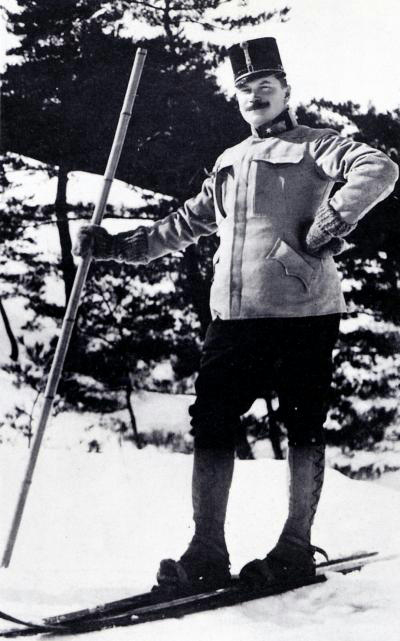
Lerch was originally a pupil of the founder of alpine skiing, Mathias Zdarsky. The Japanese Army, which was considering a means of transportation on snow after a disastrous accident, took notice of Lerch's skiing skills.
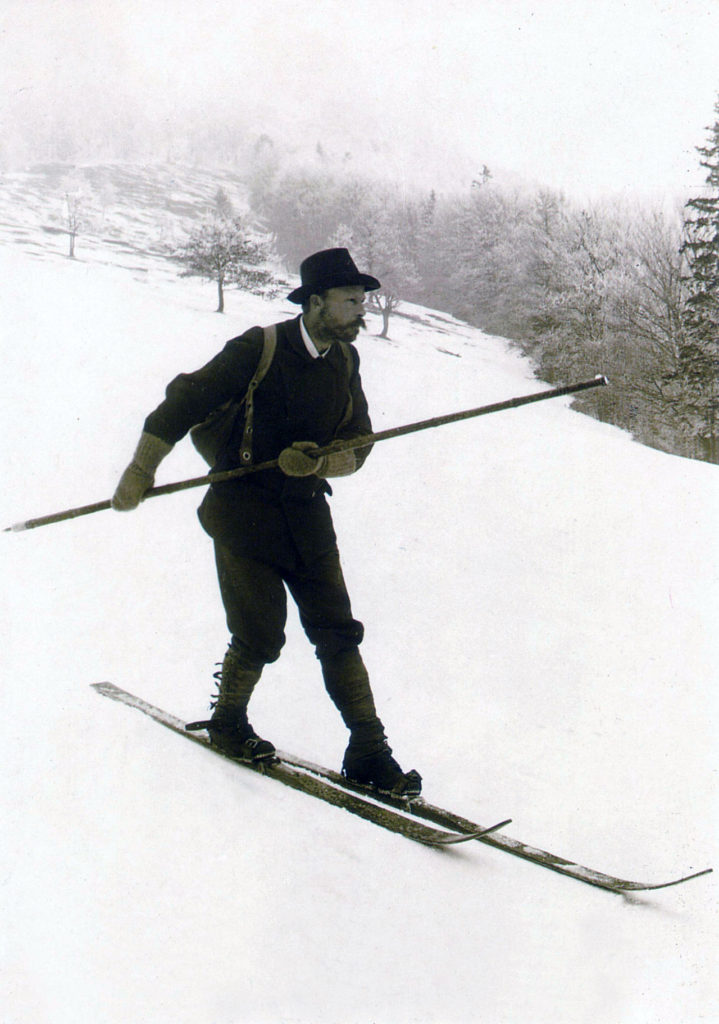
Lerch taught skiing technique to the Niigata Army Infantry Regiment in what is now Joetsu City, Niigata Prefecture, and this lesson is said to be the first step in the spread of skiing in Japan. January 12, 1911 when this lesson took place, is now considered "Ski Day" in Japan.
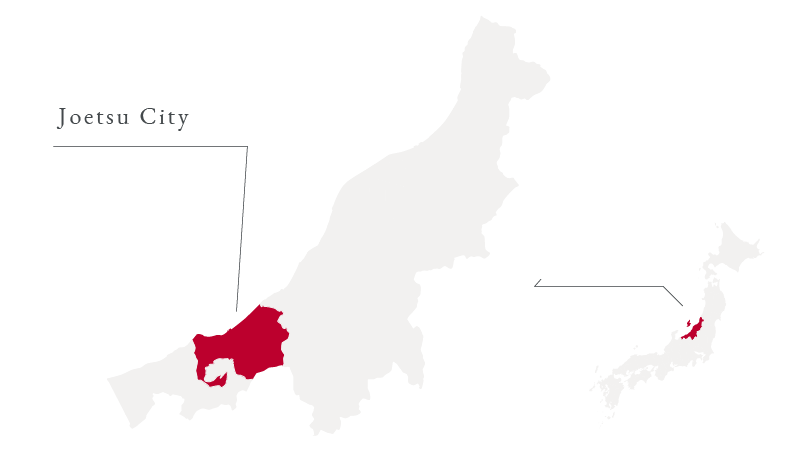
The gradual spread of skiing
After Lerch taught skiing, skiing gradually began to spread in Japan, and in 1923, the first All Japan Ski Championships were held in Otaru. In addition, following the holding of the Chamonix Olympics in 1924 and the birth of the International Ski Federation, the All Japan Ski Federation (SAJ) was established in 1925, and the following year, in 1926, the SAJ joined the International Ski Federation (FIS).
The first time Japan participated in the Winter Olympics was in 1928 at the 2nd Winter Olympics in St. Moritz, Switzerland. Six athletes participated in the Nordic skiing event.
In the following years, skiing technology developed and Japanese people began to win medals at the Winter Olympics, and the sport of skiing gradually became better known.
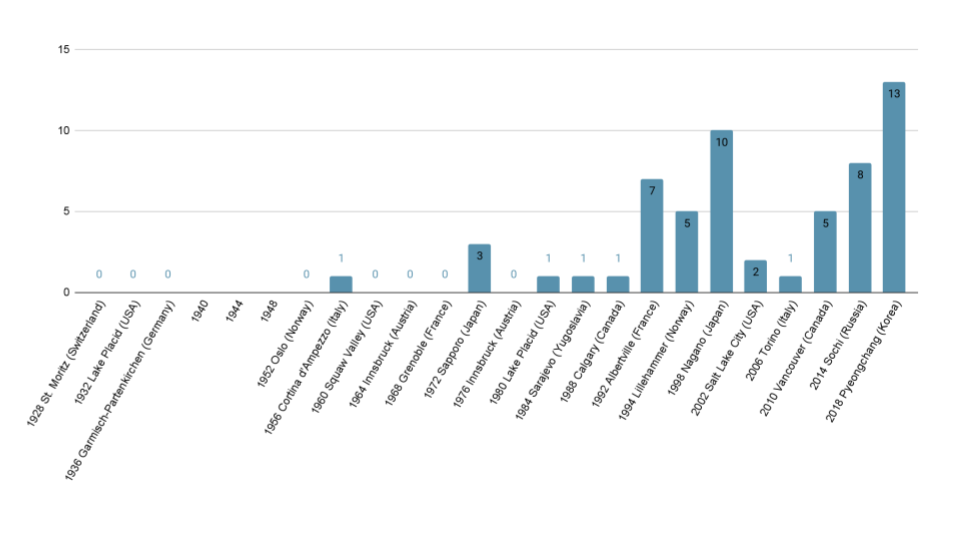
Skiing as a Leisure Activity
Skiing was introduced to Japan in 1911, and with the establishment of the All Japan Ski Federation in 1925, the environment for skiing had been developed. From 1960 to 1973, the development of ski resorts progressed greatly under the tourism development boom characterized by rapid economic growth period.
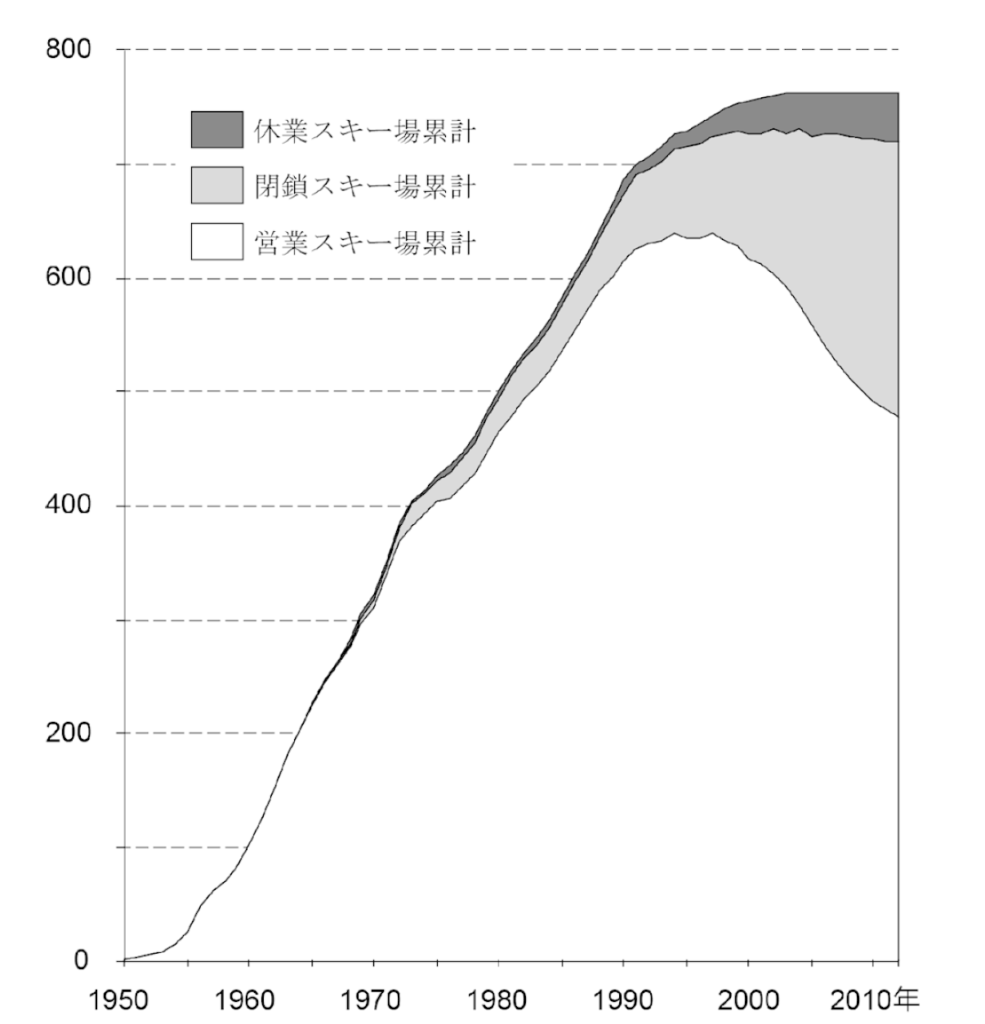
At the 1972 Sapporo Olympics, the Japanese dominated the gold, silver, and bronze medals in the 70-meter ski jumping events, and the enthusiasm for winter sports increased.Skiing became more popular, and the popularity of skiing in particular soared.
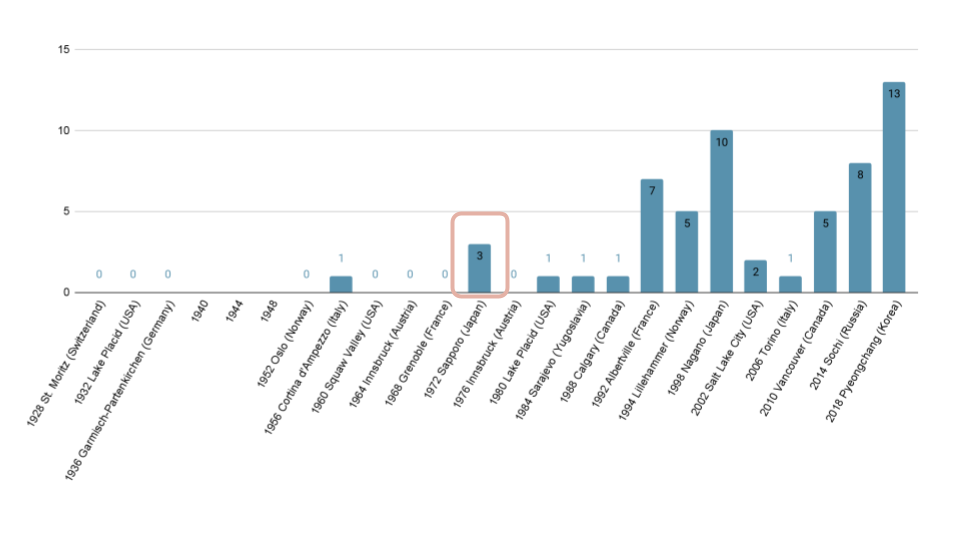
In the 1970s, there was an oil shock, but from the 1980s to the early 1990s, there was a resort development boom. Due in part to the bubble economy (Around 1986 to 1990), ski resort development became active again, and with the rapid increase in the skiing population, large-scale ski resort development occurred again.
Along with the development of ski resorts, the development of restaurants and hotels also became possible.
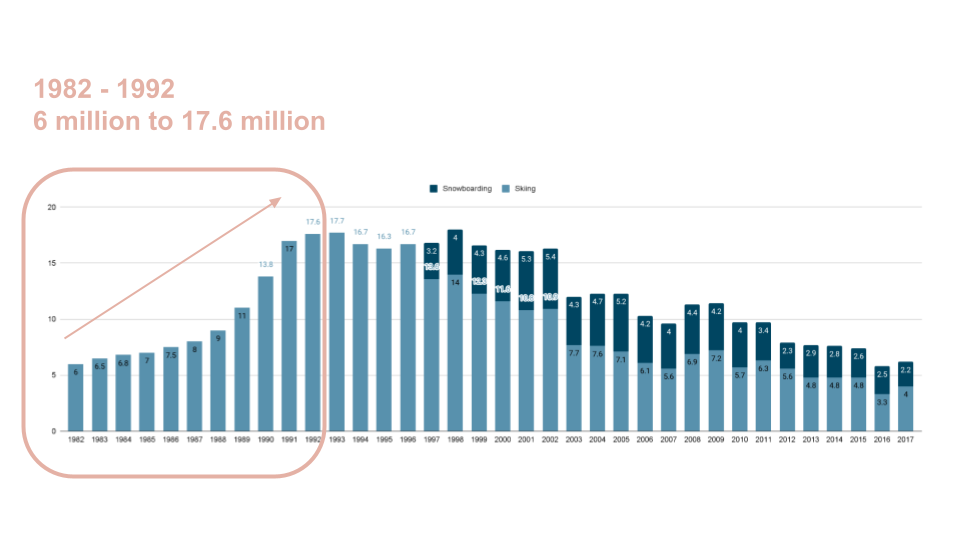
However, with the collapse of the bubble economy, the development of new ski resorts decreased significantly.
The 1998 Nagano Olympics also generated a great deal of excitement in Japan, but the ski population has shown a sharp decline. From a peak of 18 million in 1997, the number of skiers has dropped to 6.2 million in 2017.
As Japan's birthrate declines and Japan is becoming an aging society with fewer children, the management of ski resorts has become an issue for the Japanese snow resort industry.
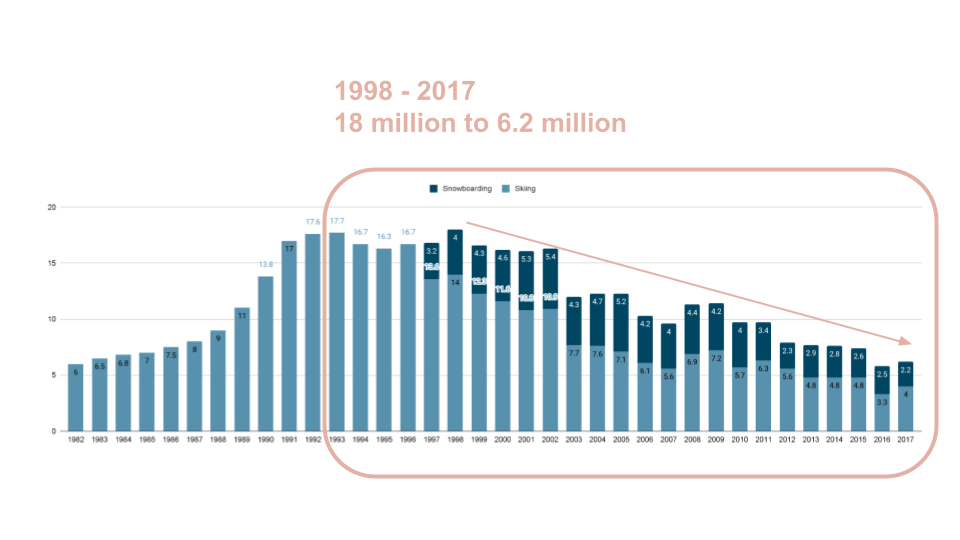
Reference:
Reference: シベリア鉄道で、サンモリッツに向ったノルディック代表選手たち Regional Pattern of Lost and Closed Ski Fields in Japan スキーの歴史を知る!紀元前から現代まで日本と世界のスキー史 記録に見る日本のスキー競技史 1923年、日本のスキー競技ははじまった

